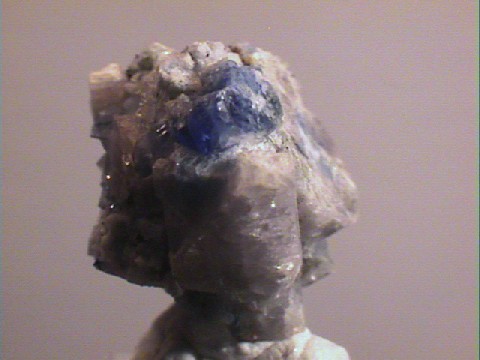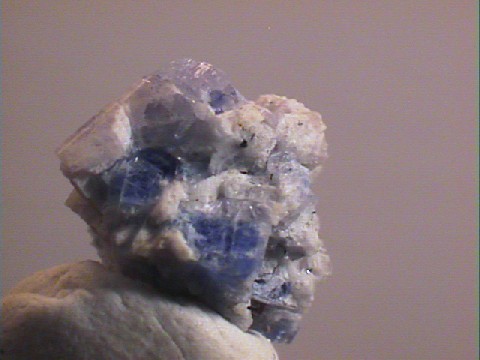 THE MINERAL CARLETONITE
THE MINERAL CARLETONITE
- Chemistry: KNa4Ca4(CO3)4Si8O18 (F, OH) - H2O, Hydrated Potassium Sodium Calcium Carbonate Silicate Fluoride Hydroxide.
- Class: Silicates
- Subclass: Phyllosilicates
- Group: Apophyllite
- Uses: Only as mineral specimens.
Specimens
Carletonite is structurally interesting as well as beautiful. Like any member of the Phyllosilicates Subclass, carletonite's structure is layered with alternating silicate sheets and the potassium, sodium and calcium layers. Unlike other phyllosilicates, carletonite's silicate sheets are composed of interconnected four and eight-member rings. The sheets can be thought of as being like chicken wire with alternating octagon and square shaped holes. Both octagons and squares have a four fold symmetry and this is what gives carletonite its tetragonal symmetry; 4/m 2/m 2/m. Only carletonite and other members of the Apophyllite Group have this unique interconnected four and eight-member ring structure.
PHYSICAL CHARACTERISTICS:
- Color is blue, white, colorless or pink. Color zoning is common.
- Luster is vitreous to dull.
- Transparency: Crystals are translucent to less commonly transparent.
- Crystal System is tetragonal; 4/m 2/m 2/m
- Crystal Habits include prisms truncated with a pinacoid termination. The prisms are predominantly four sided but may display small secondary faces giving a slight octagonal cross-section. Phantoms are seen in some transparent crystals.
- Cleavage is perfect in one direction (basal) and fair in four directions (pyramidal).
- Fracture is conchoidal.
- Hardness is 4.5 - 5.
- Specific Gravity is approximately 2.45 (slightly lighter than most translucent minerals)
- Streak is white.
- Other Characteristics: Prism faces are striated lengthwise and dark blue crystals show strong pleochroism.
- Associated Minerals include
rasvumite ,tugtupite , aegirine,natrophosphate ,sidorenkite , and other rare minerals. - Notable Occurrences are limited to one location; the type locality of Mont Saint-Hilaire, Quebec, Canada.
- Best Field Indicators are crystal habit, cleavage, color, pleochroism and locality.




































